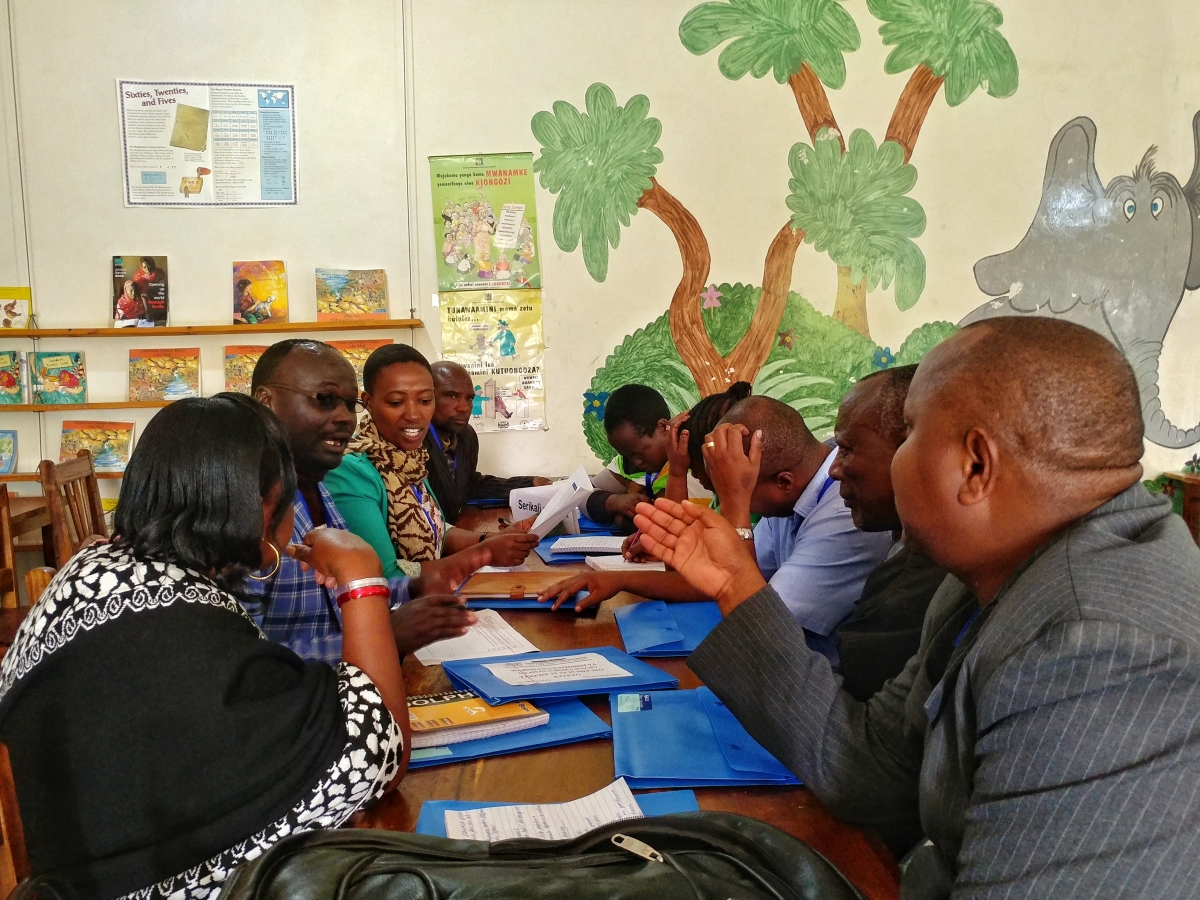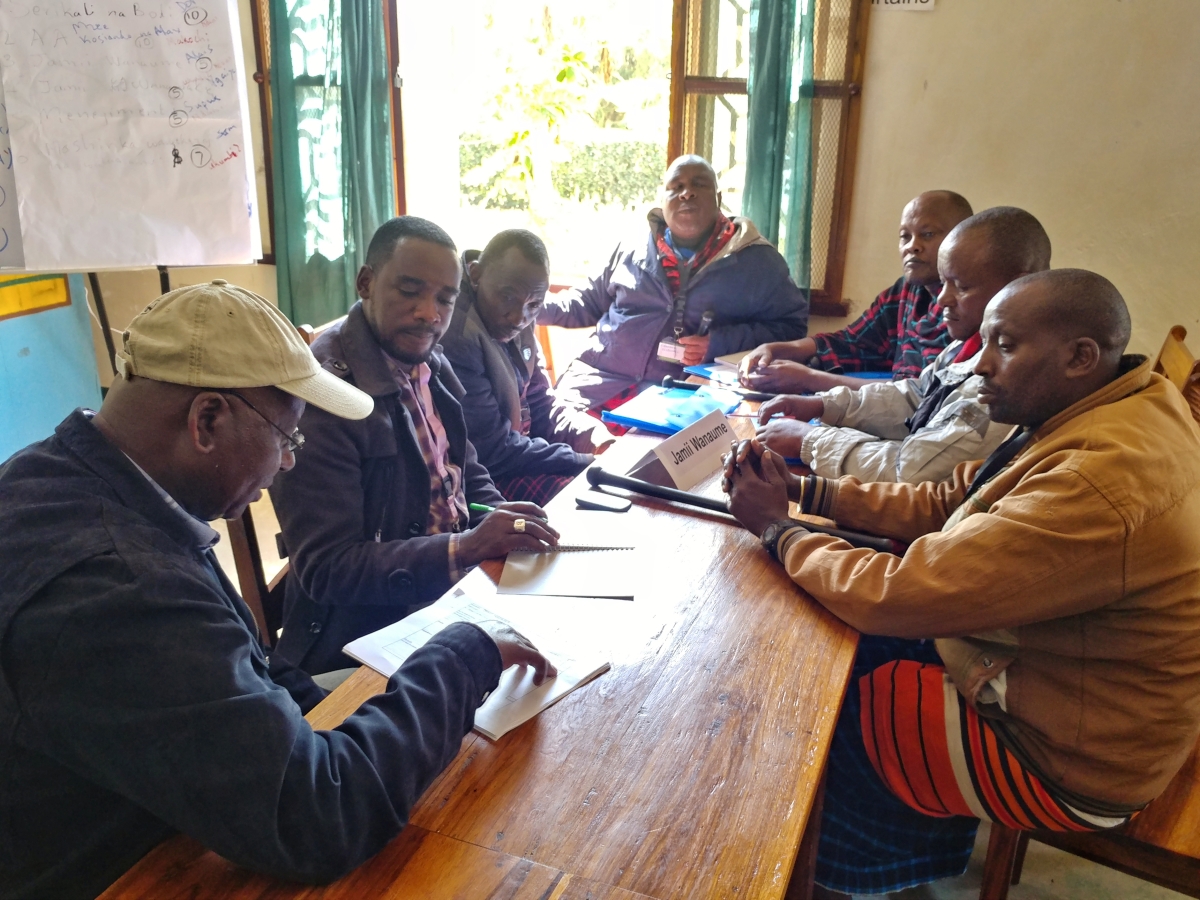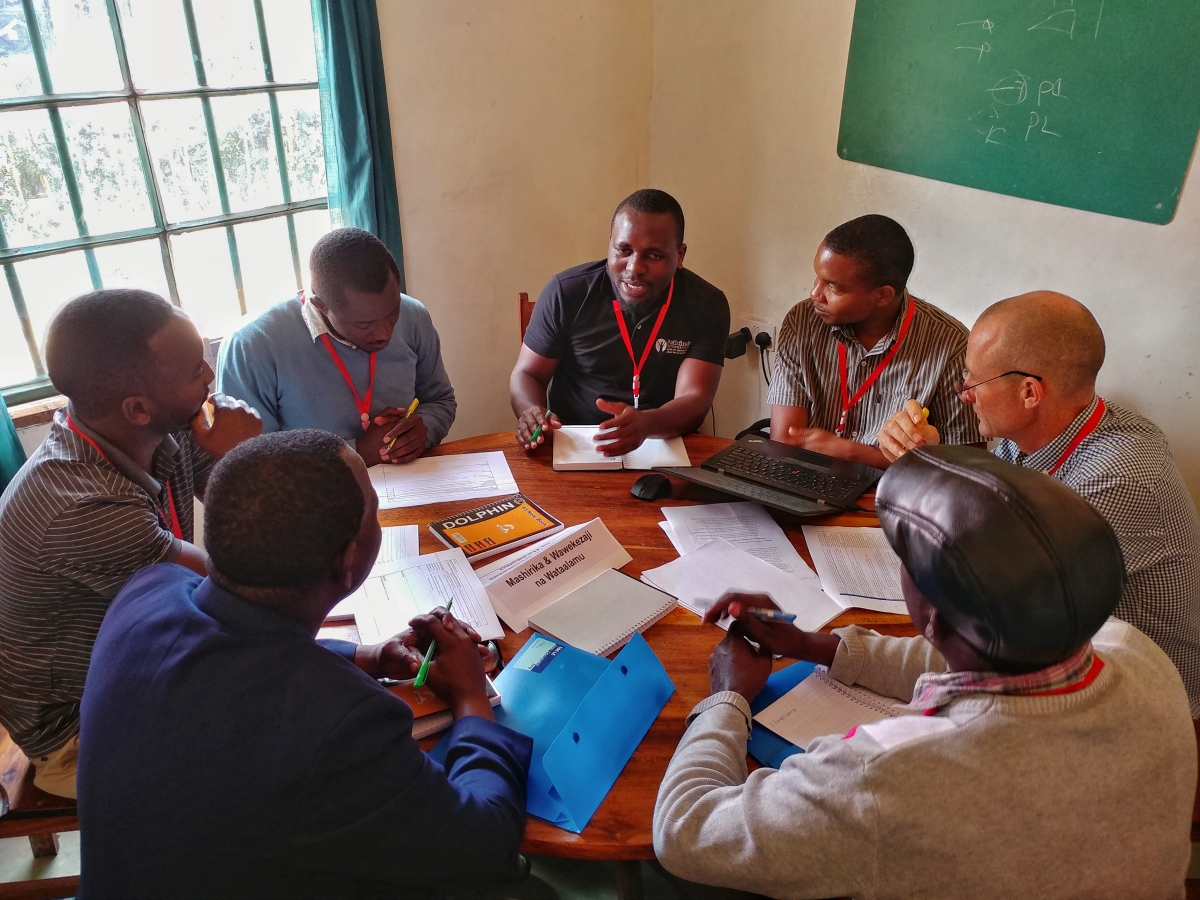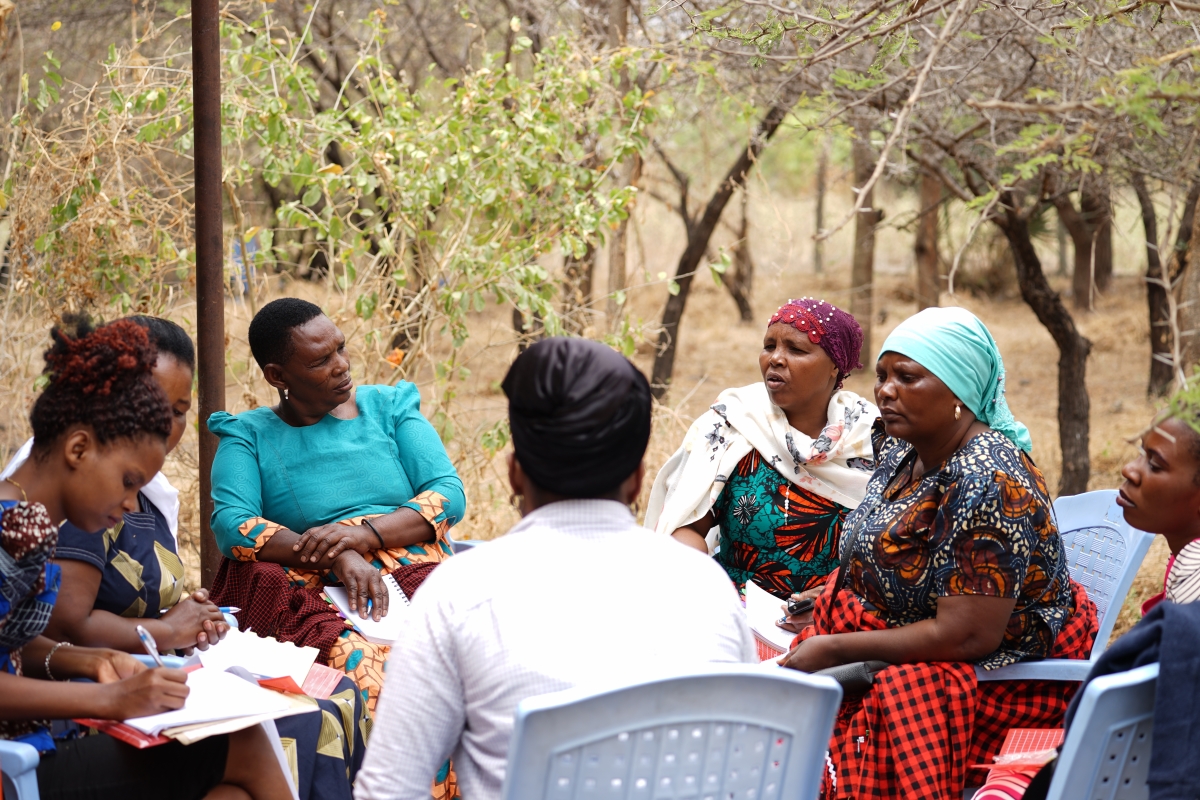




The main SAGE workshop started with pre-workshop orientation of participants and facilitators followed by two days assessment. During these sessions participants were provided with an initial overview of the SAGE process through presentations, followed by printed score cards for each of the 39 SAGE questions based on the ten principles of good governance and equity, from which each stakeholder group discussed the question, scored the results and presented to the plenary. The major differences in opinion between the different stakeholder groups could likely indicate governance challenges therefore these differences were well noted and justifications of their scores were provided.
This process continued by provision of ideas for action from each stakeholder group on the areas where the major differences occurred. For example, differences of opinion on benefit sharing among different actor groups may occur because the different stakeholder groups may have different information or different understandings of the available information. Therefore, for this to be easily resolved, recommendations for better transparency and sharing of proper information among stakeholder groups could be identified as a recommended solution as well as the plans for its implementation put in place.
Assessing the governance and equity at the site level can be a complex task that requires careful consideration of several factors so as to ensure its success. Based on the SAGE assessment done, consideration of the following made the SAGE process successful;
- Proper identification and engagement of key stakeholders.
- Openness and transparency of key stakeholders during the whole assessment process.
- The willingness of key stakeholders to address the identified disparities and inequities, and be willing to take the necessary corrective measures.
SAGE methodology covers a gap in the conservation toolbox, providing self-assessment, multi stakeholder opinions, and a platform to iron out strengths and weaknesses of protected areas in a safe and participatory manner
SAGE provides information for planning, strategy, reporting and policy development at system, national, and global levels. Honeyguide has incorporated SAGE as the main tool to initiate discussions, assess, diagnose and inform governance capacity building initiatives of WMAs in Tanzania
Like any other participatory approaches, advanced planning is required to make SAGE useful and successful. This includes advance invitations and follow-ups, careful venue selection, as well as choosing appropriate facilitators with a balance between experience, credibility, language, familiarity of the local context, non-conflicts of interests and other logistical planning
We also learned that the success of the assessment depends much on the familiarity of the facilitators to the assessment questions. Sufficient time needs to be invested in preworkshop orientation of facilitator